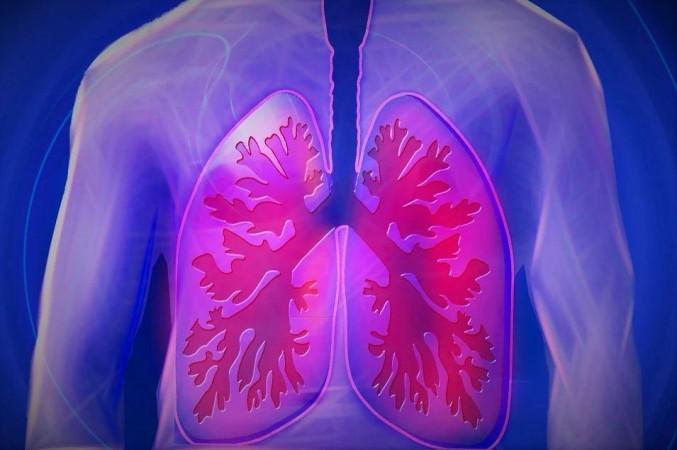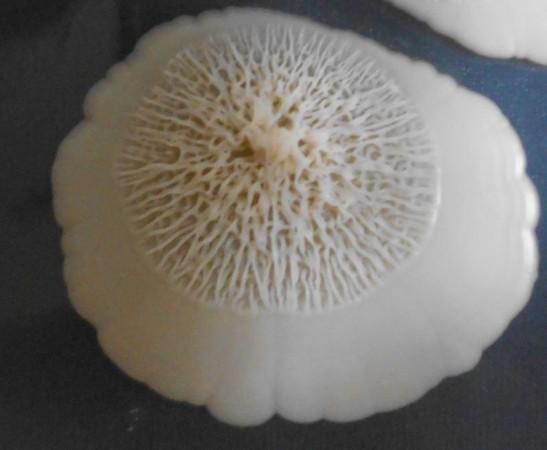It has been a long-held belief that the environment of the lungs was a sterile one and that only individuals with chronic pulmonary conditions had the presence of microorganisms in their lungs. However, the latest sequencing techniques have gradually dispelled this notion. Now, a new study has found that harmful fungi also reside within the lungs of healthy individuals.
Researchers from the University of Bergen examined and compared the presence of fungal communities in the lungs of healthy people and those with chronic obstructive pulmonary disease (COPD). They found that the disease-causing Candida fungus existed within healthy lungs.
"Studies on the lung mycobiome are still in their infancy, and results from the current study add knowledge to an understudied area," the authors wrote in the study that was published in the journal PLOS One.
Investigating for Presence of Fungi

Fungi are naturally found in different habitats including on and within flora. Candida, which belongs to the genus of yeasts, often shares a symbiotic relationship with host cells and is found on their mucosal membranes, including human ones. However, when there is immunosuppression—repression of the immune system—or a breach in the mucosal membrane barriers, Candida can have pathogenic effects. Some species can cause Candidiasis or thrush, which affects the mouth and the vagina, and skin infections.
For the current research, the authors used bronchoscopy to acquire samples from the lungs of 233 people with and without COPD. Samples from their mouth were also collected using oral wash. Of the 233 individuals, the oral and lung samples of 193 participants (100 controls and 93 with COPD) were sequenced to investigate the presence of fungi. The data was collected as a part of the Bergen COPD Microbiome study, also known as MicroCOP—the world's largest single-center study on the fungal groups present in the lungs of individuals with COPD
Presence of deadly Candida

Upon analysis, the scientists found that the Candia fungus was dominant in the lungs of both groups. Additionally, two other species of fungi—Malassezia and Sarocladium—were also found in several lung samples. However, the concentration of Candida was found to be higher in the oral samples for both groups. In the lungs of patients with COPD, there were no significant differences in the fungal presence between those who received inhaled steroids and those who did not.
"Results showed that both healthy and diseased lungs had a different fungal composition than the mouth, suggesting that lungs have a unique fungal environment", said Einar Marius Hjellestad Martinsen, corresponding author of the study, in a statement.
Need for Further Research
In recent years, the severity and incidence of fungal infections have increased. Antifungal resistance is one of the primary reasons for this trend. According to the Centers for Disease Control and Prevention (CDC), the Candida fungus can develop resistance to most antifungal drugs. Hence, the findings of the current study have a significant bearing in this regard.

Inhaled steroids are used by patients with COPD and asthma. However, the drugs are also known to have immunosuppressive effects. The paper found that inhaled steroids had no noticeable effect on pulmonary fungal environments. Therefore, the need to ascertain more about their role in the presence of fungi in the lungs is an important one.
"It would be of great interest to further examine if fungal lung infections are caused by fungi that are already present in the lungs. If so, emphasis should be placed on these fungi to reveal what triggers are responsible for converting them from being 'friendly residents' of our lungs to disease-causing intruders," concluded Hjellestad Martinsen.










